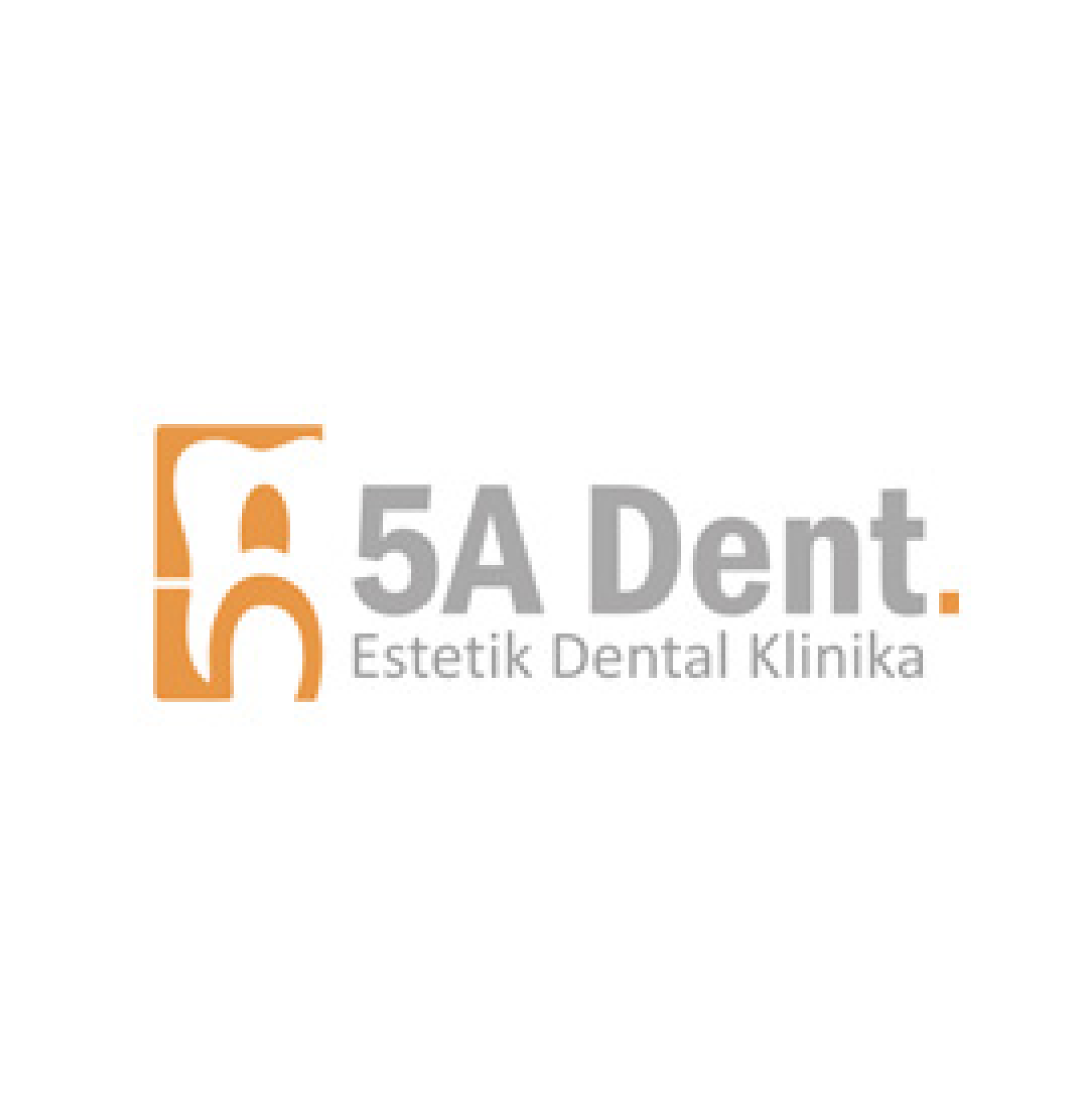In our anesthesiology clinic, dental procedures are conducted using general anesthesia and intravenous sedation. If a patient is unable to undergo treatment in the dental unit for any reason, services are provided in our fully equipped operating room.
Instances where dental treatment under general anesthesia and intravenous sedation may be necessary include:
- Pediatric patients who cannot be treated in the dental unit.
- Patients experiencing heightened anxiety about receiving treatment in the dental unit.
- Individuals with an excessive gag reflex.
- Operations requiring a duration that makes it challenging for the patient to keep their mouth open.
- Neurological diseases hindering proper communication, such as Alzheimer’s and dementia.
- Disabled patients with conditions like autism, cerebral palsy, and mental retardation.
The process begins by taking patients to the preparation room accompanied by a relative or friend. Sedative medication is then administered in an appropriate dosage using a technique approved by the anesthesiologist. Once adequate sedation is achieved, patients are escorted to the operating room by healthcare staff. General anesthesia or intravenous sedation is administered. Following dental treatment, patients are awakened and returned to the preparation room, where they rest with a relative or friend until safely discharged. After necessary instructions and if deemed safe by the anesthesiologist, patients are discharged.


